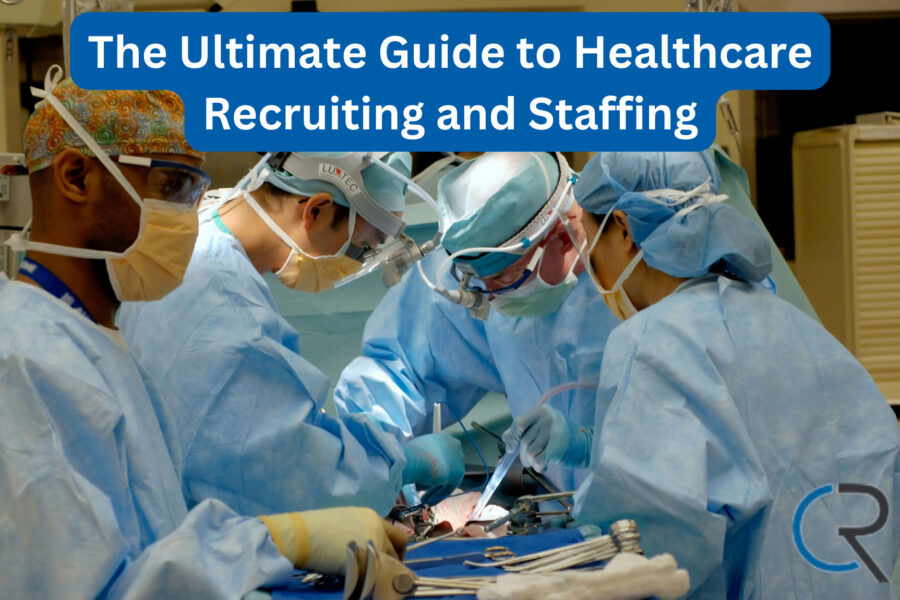In today’s fast-paced and unpredictable healthcare landscape, the challenges of recruiting and staffing competent, dedicated professionals are more pressing than ever. This blog post is the ultimate guide to healthcare recruiting and staffing because it delves deep into the intricate world of healthcare recruitment.
It’s about understanding the multifaceted needs and aspirations of potential candidates, navigating the complex web of certifications and regulations, and cultivating an environment that not only attracts but also retains top talent.
From the profound impact of the current pandemic on healthcare professionals’ morale and career trajectories to the critical need for specialized certifications, we explore every facet of the recruitment process in this guide.
Read this blog post for actionable insights and strategies to enhance your candidate pool, streamline your recruitment process, and ultimately build a resilient, skilled workforce capable of weathering the storms of this demanding yet rewarding industry.
Special Considerations with Healthcare Recruiting and Staffing
Healthcare workers have a number of special considerations that you have to keep in mind when you’re managing recruitment.
Healthcare workers have an extremely high turnover rate. Healthcare is an extremely demanding career, with patient lives on the line every day. It can be extremely stressful simply by the nature of the work. Add onto that administrative, governmental, and institutional shortcomings, and it becomes a minefield.
The turnover rate for healthcare and related fields is nearly 20%, and that’s before the current pandemic began pushing every single healthcare worker to their limits.
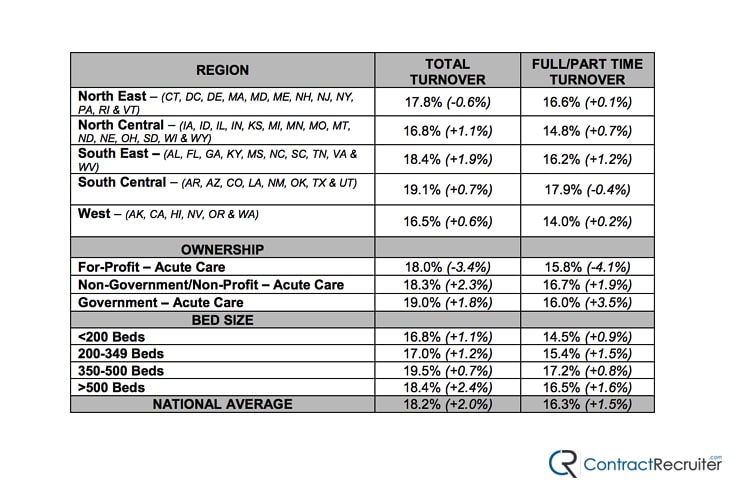

There’s an existing shortage of healthcare workers. Demand for healthcare workers is high and increasing. Every level from the custodial and food service workers in hospitals to the physicians, dentists, and surgeons performing procedures, is high and increasing. Again, even prior to the current pandemic, demand for healthcare workers was outstripping availability, with an existing shortage of over 42,000 workers and a predicted shortage of over 120,000 by 2030.
The pandemic only makes things worse. Healthcare workers will burn out and leave the field. Others will die. Many more will linger on, their spirits gone, unable to advance in their fields.
This all presents a challenge for healthcare recruiting. Not only is it increasingly difficult to find workers willing to continue their careers, but it will also be difficult to find new graduates willing to join the workforce under such stressful conditions.
Healthcare workers need special certification. Unlike many other fields, where on the job experience or education rules the day and specific certifications are often optional, healthcare is strictly regulated.
Healthcare workers require specific certification or degrees for their desired roles. It’s impossible to hire an untrained and unqualified worker for most healthcare roles, though lower-level roles like receptionist, custodial staff and food service are always available to nearly anyone.
Increasing Your Candidate Pool
The first part of any good recruitment process is building a candidate pool. There are, of course, many ways to do this, but in healthcare, recruiting often starts early.
First, remember that part of training for healthcare workers and certification involves on-the-job training. Healthcare students must gain hands-on experience shadowing preceptors and spending time in the thick of things. This is a valuable experience, of course, but it also serves as an opportunity for the student to experience culture in the facility they’re working in.
What this means is that some healthcare workers will develop a strong affinity for particular facilities or an aversion to others. Many qualified candidates will choose to avoid certain hospital networks, for example, either because of their experience or because of their reputation.
As a recruiter, you have to keep the culture of your facility or network in mind. Listen to existing healthcare workers. Accept feedback and understand the shortcomings of your system. Work to address them if you can, and be up-front about those that aren’t within your control. To a certain extent, simply being honest with candidates, acknowledging issues that you’re attempting to solve, can entice them to give your system the benefit of the doubt.
What this all means is that a facility will want to start recruiting early in the education process. Campus recruiting – getting potential candidates interested before they’ve even graduated – is essential for many healthcare facilities. Maintaining contact with training facilities, educational institutions, and certifying agencies is crucial.
Second, take advantage of different channels for building up a candidate pool.
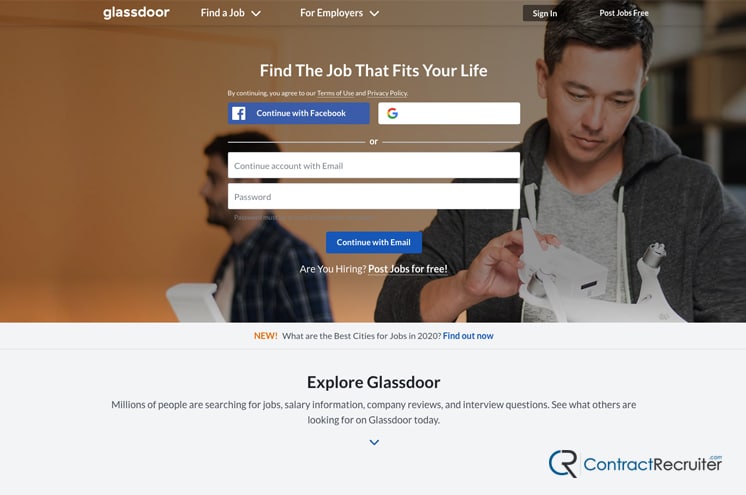

You have your standard channels, of course. Sites like Indeed, Glassdoor, CareerBuilder, and LinkedIn are standard multi-industry recruiting portals, and they have just as many healthcare workers as other kinds of workers available to be recruited.
You also have your usual recommendation channels. When a job opening is available, existing healthcare employees can recommend people they know from within or outside of their facility. Recommendations are often one of the strongest indicators of a high-quality reliable worker, so paying attention to these channels can be very valuable.
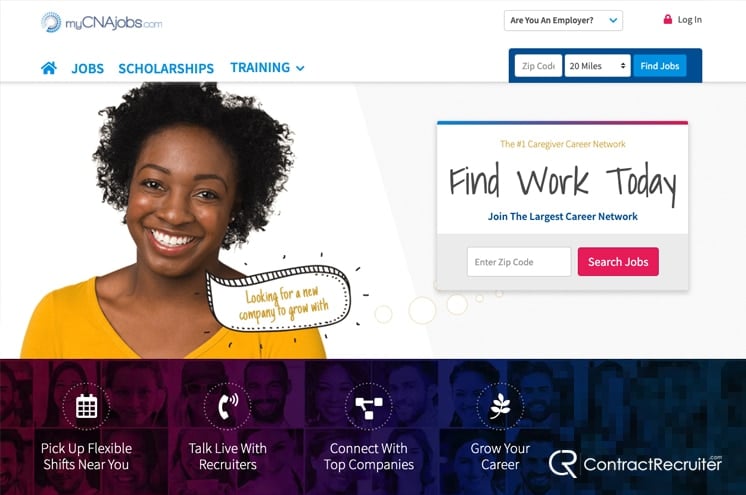

Additionally, you have the healthcare-specific job portals. For example, MyCNAJobs is a portal for healthcare workers with CNA training. Other boards, such as Healthcare eCareers, the JAMA network, and Medical Jobs are all good resources. There are also many healthcare-specific recruiting agencies available for a facility to work with.
You should also consider streamlining your recruitment process. One of the biggest modern complaints among job seekers, within healthcare and in other industries, is when application tracking systems layer on the paperwork, asking candidates to fill out information already present in other channels. Streamlining this process might mean using a different system, implementing language parsing for resumes, and other techniques.
Maintain Multiple Candidate Pools
As a staffing organization, either internal or external to a healthcare facility, you want to make sure you’re maintaining multiple pools of candidates. Each role should have a pool. This means having an upper management pool, a lower management pool, a pool for doctors, a pool for surgeons, a pool for nurses, a pool for janitorial workers, a pool for food service workers, and so on. Each major division of roles should have a pool of its own.
The benefit of maintaining these pools separately is that it makes filling a particular role much easier. You don’t have to filter one large, disparate pool; you can filter through a pool where you know all of the candidates in it are qualified. Filtering based on experience, by certification, and by position are all ways to find the best workers for a given position.
Maintain a Verification Process
As mentioned, healthcare workers need to be trained and certified for their position. This generally involves not just education at a qualified and accredited facility but passing specific tests such as the NCLEX and other such exams.
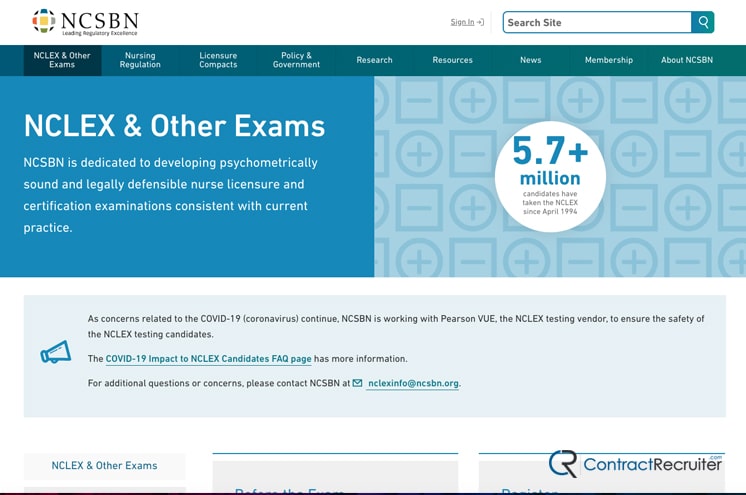

An important part of hiring in healthcare, then, is verifying that the worker has indeed passed their tests and are certified. With doctors, this means board certification.
Board certification can be checked. Certification Matters, for example, is a tool that allows anyone – patients, other healthcare workers, and recruiters alike – to check if a particular doctor is board-certified. Each state will typically also maintain a database of certification for doctors.
There are also healthcare-focused HR platforms you can use for staffing. Part of what makes these healthcare-specific platforms is their ability to sort and verify information about candidates, including certification.
Out Reach
If you haven’t been in contact with a particular candidate since their time in education, it can be tricky to reach out to a new candidate and entice them with an offer. Identifying candidates and reaching out to them is an important part of recruiting, and as such, it’s important to put together the right kinds of communication.
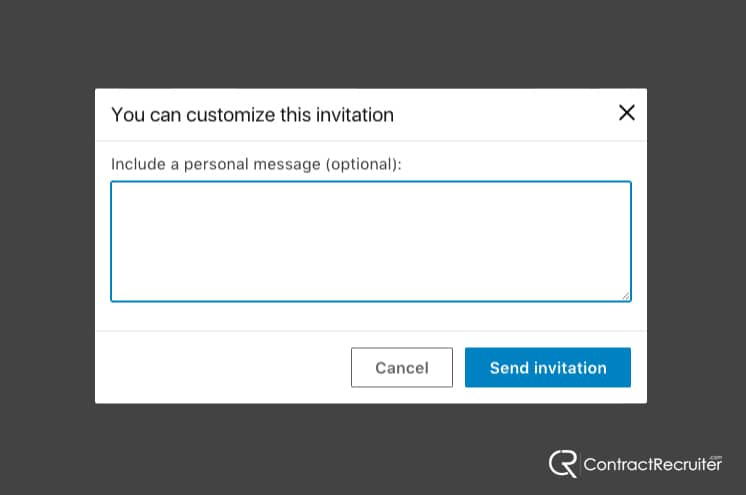

Part of this means establishing your brand as a healthcare facility or as a recruiting agency. Knowing who you are, and establishing a reputation such that others know who you are, is a critical part of successful recruitment. Everyone recognizes Johns Hopkins or the Mayo Clinic; they should also recognize you.
Part of this comes down to properly formulating outreach, whether it’s through email, phone, messaging, or another channel. LinkedIn has examples of email or message-based outreach you can use as a starting point. Using their templates verbatim isn’t a great option, but using them for ideas you can customize for your own messaging is better.
Emphasize Employee Retention
With such a high turnover rate, the facility that proves it can treat its workers right is the facility that will never have problems with staffing. Much of the turnover in healthcare stems from factors well beyond the facility’s control, such as insurance companies, pharmaceutical companies, and the government. That just means that what the facility can control, it should. Here are some tips your organization can pursue.
Improve benefits for employees. Healthcare is an incredibly demanding career. In part, this is simply the nature of dealing with people when they’re suffering, at their lowest moments. In part, however, it’s due to the ineffectual desire for executives to get every penny they can out of their facilities.
Benefits to employees do not have to be limited to things like their pay scale and their own healthcare coverage. Benefits can include consistent shifts, adequate time off, flexible work environments, and more.
Some benefits you might consider for recruiting in healthcare include:
- Relocation assistance. If you’re willing to help fund relocation, you can attract talent from a wide range of locations, casting a wide net and filtering to the best workers. The best facilities develop national or global reputations for quality, both in terms of patient care and employee treatment.
- Ongoing training. Medical roles are constantly evolving as new knowledge is discovered, tested, and proven. Everything from which drugs are recommended for specific ailments to methods of treatment for diseases can change. Ongoing training helps ensure that healthcare workers are always able to provide the highest quality care.
- On-site or affiliate facility access to amenities. Providing healthcare workers with access to a gym, free or discounted food, and other amenities helps them feel better treated.
- Adequate leave. Leave for anything from vacations to medical leave to maternity and paternity leave should be offered to all employees. Appropriate levels of leave, particularly for new parents, are a huge benefit many workers don’t expect to get in today’s climate.
Ensure proper staffing levels. One of the biggest sources of stress for healthcare workers is a facility that is understaffed. Not only does it put more stress on individual healthcare workers, it means the quality of care for patients drops, and that in turn means that healthcare workers – who are generally in it because of their compassion – feel less like they can make a difference at their facility. It brings them closer to burnout and increases turnover.
The best thing a facility can do for its staff is to hire more staff. With more workers, patient care can be handled appropriately, coverage doesn’t need to be a matter of managing crisis to crisis, and trained employees can cover gaps in each others’ knowledge with ease.
Invest in your facility. While it’s tertiary to the process of recruiting, healthcare facilities need to ensure that not just their employees, but their tools are kept up to date. Using modern software is important, for example, both because new graduates will have trained on it and because it can better handle modern patient care. Up-to-date machinery helps reduce stressors like alarm desensitization, which can affect patient care. Healthcare is about more than the workers.
With a proper recruitment plan, operating from the ground up, you can strive not just to hire temporary healthcare workers who will leave after a year or two, but long-term permanent nurses, doctors, and other workers.
Providing a strong foundation to candidates, attracting them with promises of benefits, compensation, and flexibility, and then upholding those promises is the key to successful long-term fulfillment in the healthcare sector. Get started now; the industry is going to need it in the years to come.
Conclusion
Healthcare recruiting and staffing is as challenging as it is vital, demanding a strategic, compassionate, and proactive approach. This ultimate guide has traversed the complex terrain of healthcare recruitment, shedding light on the unique challenges and offering practical solutions to build a robust, committed workforce.
Navigating the high turnover rates, the alarming shortages in healthcare professionals, and the stringent certification requirements necessitates a nuanced understanding of the industry and a human-centric approach to recruitment. The strategies discussed—from early engagement with potential candidates to leveraging specialized job portals, from maintaining diverse candidate pools to ensuring a streamlined and empathetic recruitment process—are pivotal in addressing these challenges.
Moreover, the emphasis on employee retention through comprehensive benefits, adequate staffing levels, and continuous investment in both the workforce and the facility underscores the importance of a nurturing work environment. It’s about creating a culture that not only attracts talent but also celebrates and sustains it.
As the healthcare industry continues to evolve, particularly in the wake of the pandemic, the principles and strategies outlined in this guide stand as a beacon for healthcare institutions. The path to a resilient healthcare system is paved with dedication, understanding, and strategic action in recruitment and staffing. The time to fortify our healthcare workforce is now, ensuring that the industry is equipped to meet the demands of today and the uncertainties of tomorrow.
Do you need help hiring more healthcare professionals? Contact our team today and we will help you recruit!
Page updated on January 29, 2023.

